These Wagyu beef rib eye steaks are cut from a wet-aged Signature Wagyu prime rib roast. Australian Wagyu rib eye steaks are more richly marbled than other cuts, making the steak incredibly flavorful and tender. Greg Norman Signature™ Wagyu is produced from the same cattle breed known for producing the legendary Kobe beef of Japan. Greg Norman Wagyu Beef is finished for a minimum of 300 days on a special Japanese formulation of grains to produce an incredibly marbled, high quality product. This finishing along with superior Wagyu genetics leads to butter knife tenderness. Greg Norman Signature Wagyu is graded by independent assessors who expertly grade marbling levels in the Wagyu Beef tointernational standards. Each of the valuable prime cuts are then specially sorted using the AAco Wagyu Grading System. Greg Norman Wagyu grades range from 3 to 12 with an average of 6 and only an elite 5% of cattle grade higher than 9. Wagyu (translates to “Japanese Cow”) cattle are bred to produce fat that is substantially lower in saturated fats than other beef, and is considered a super premium beef not only because of its generous marbling, but because of its fat quality.
Creating clear and transparent shipping and handling policies is crucial for a commodity trading company like Agropastoral Products Co., Ltd. Here's a framework for the Shipping and Handling Policy:
1. Shipping Policy:
a. Shipping Process: - Detail the steps involved in the shipping process, from order placement to delivery.
b. Shipping Rates: - Specify the shipping costs associated with various products or order amounts.
c. Delivery Timeframe: - Provide estimated delivery times based on location and shipping method.
d. Shipping Carriers: - Name the shipping carriers used and any partnerships that may influence shipping.
e. International Shipping: - Explain international shipping options, rates, and potential customs or import duties.
f. Tracking Information: - Describe how customers can track their orders and obtain tracking information.
g. Shipping Restrictions: - List any countries, regions, or products where shipping may be restricted or limited.
2. Handling Policy:
a. Packaging: - Describe how products are packaged to ensure safe transit and delivery.
b. Quality Assurance: - Explain any quality control measures or checks in place during the handling process.
c. Fragile Items: - Provide special handling instructions for fragile or delicate commodities.
d. Inventory Management: - Detail how inventory is managed to maintain accuracy and prevent errors in order fulfillment.
e. Returns and Exchanges: - Outline the process for handling returns, exchanges, or replacements related to shipping issues or damaged items.
3. Additional Policies:
a. Lost or Damaged Items: - Explain the procedure for reporting and addressing lost or damaged items during shipping.
b. Split Shipments: - Describe under what circumstances the company may split an order into multiple shipments and how this is communicated to the customer.
c. Free Shipping Offers: - Clarify conditions for free shipping, such as minimum order amounts or specific products.
d. Holiday or Peak Season Shipping: - Provide information about any special considerations or delays during peak seasons or holidays.
e. Force Majeure: - Address how the company handles unforeseen events like natural disasters, strikes, or other force majeure events affecting shipping and delivery.
f. Contact Information: - Provide contact details for customers to reach out for shipping-related queries, concerns, or support.
Regularly update and review these policies to ensure they align with your company's operations and any changes in shipping or handling processes. Communicating these policies clearly to your customers will help manage their expectations and provide a positive shopping experience.

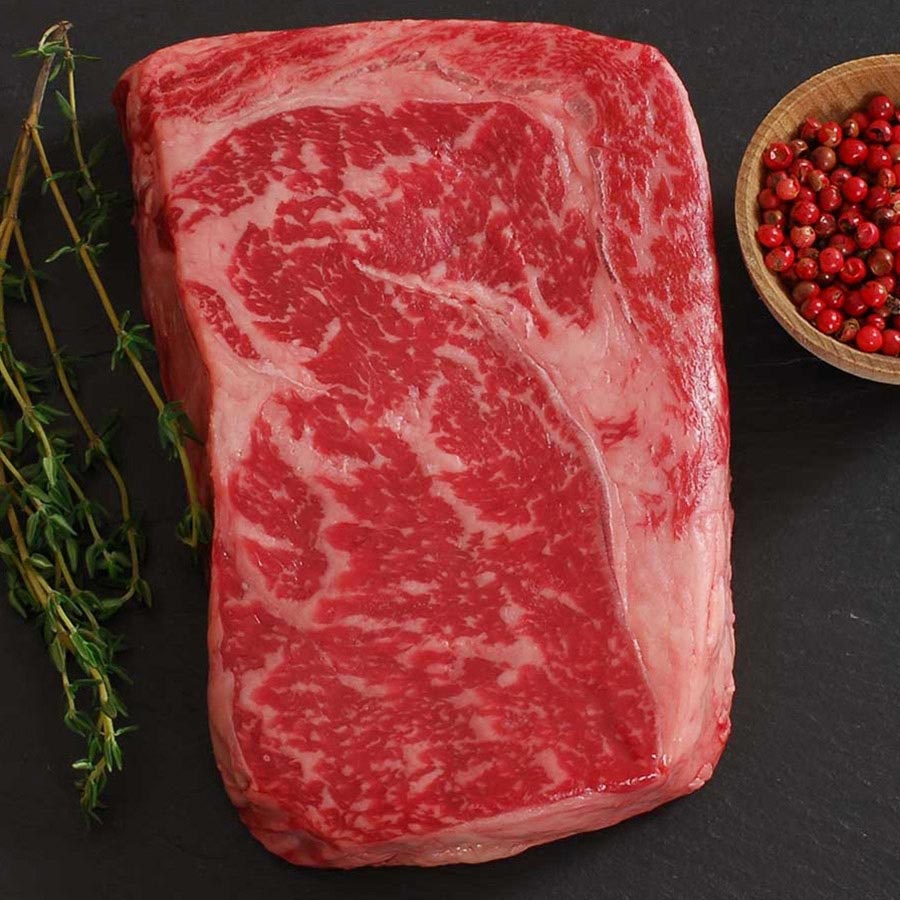


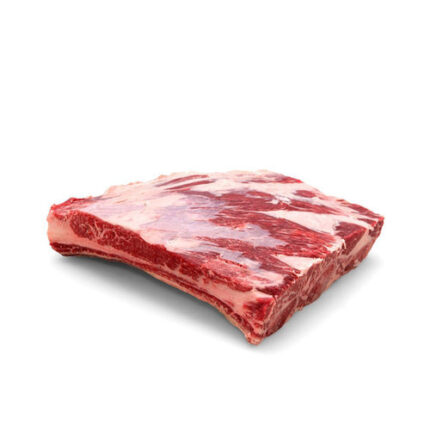
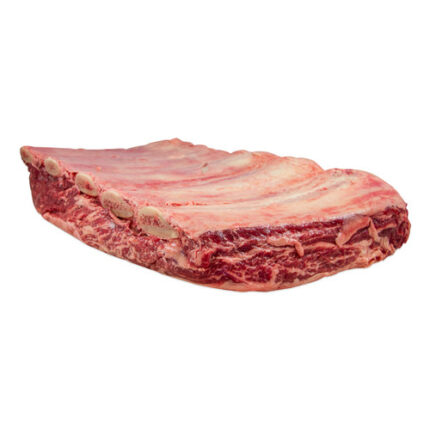

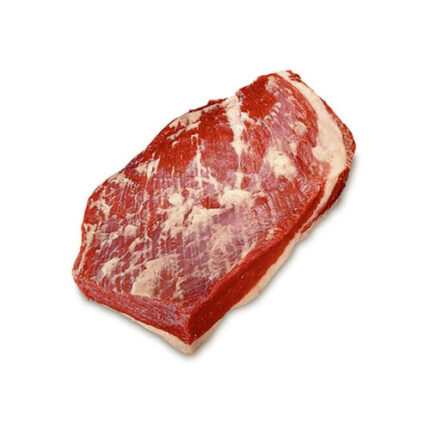
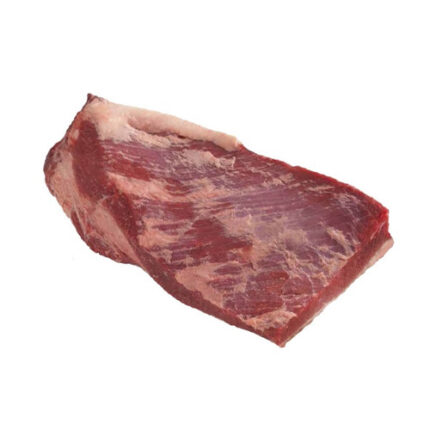


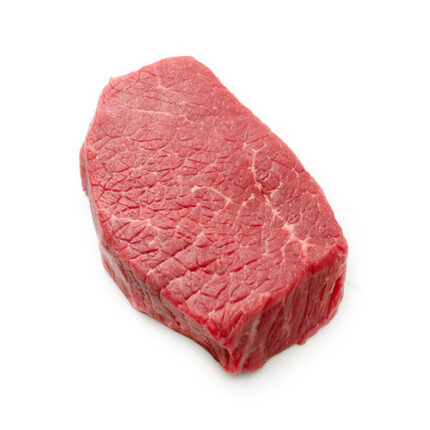
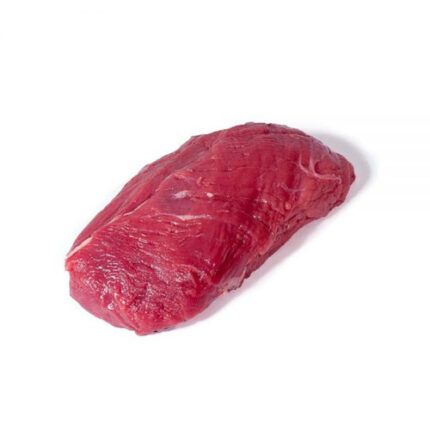

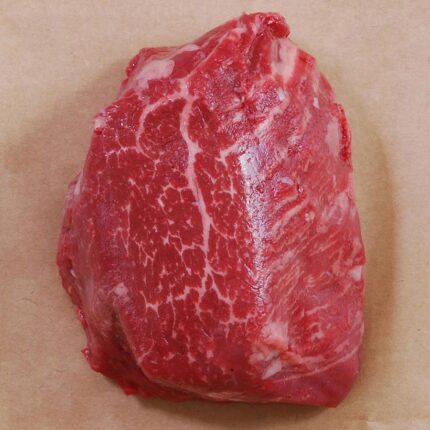

Reviews
There are no reviews yet.